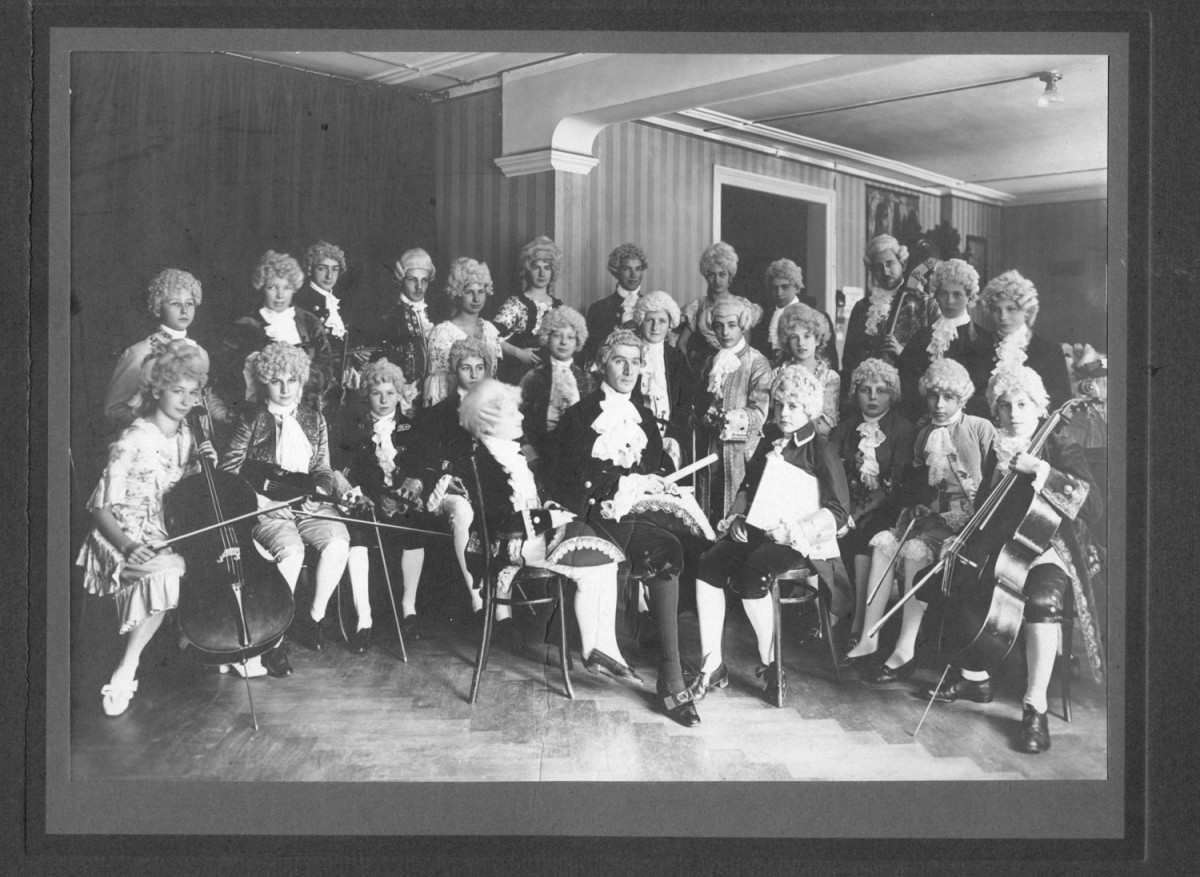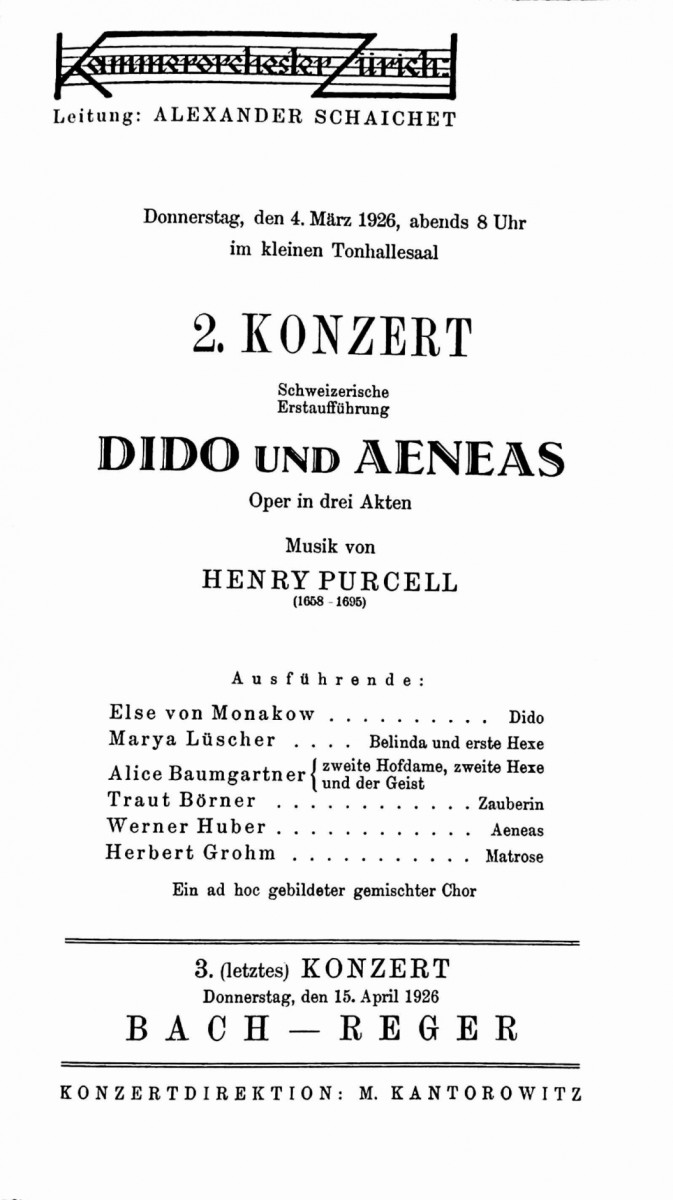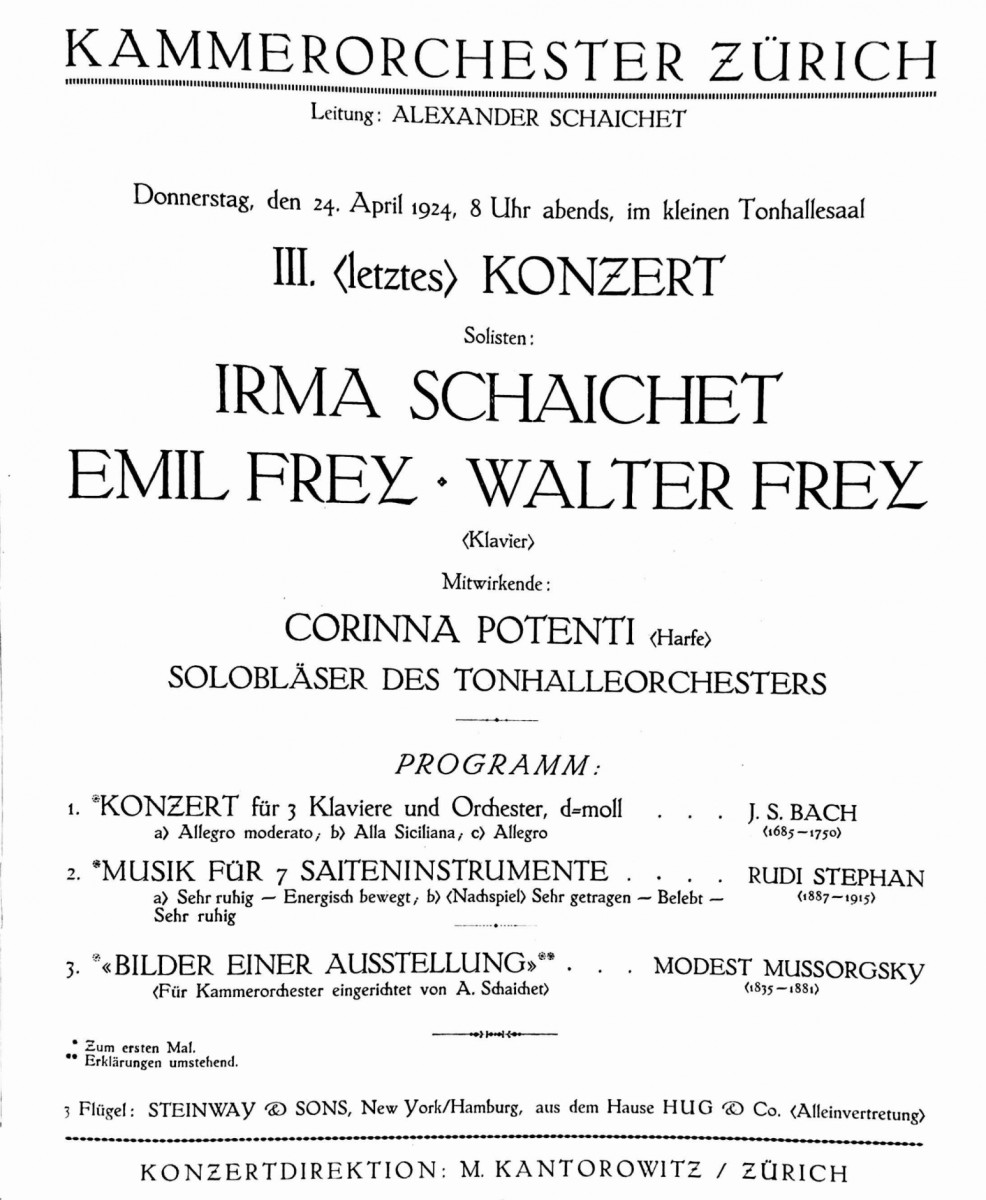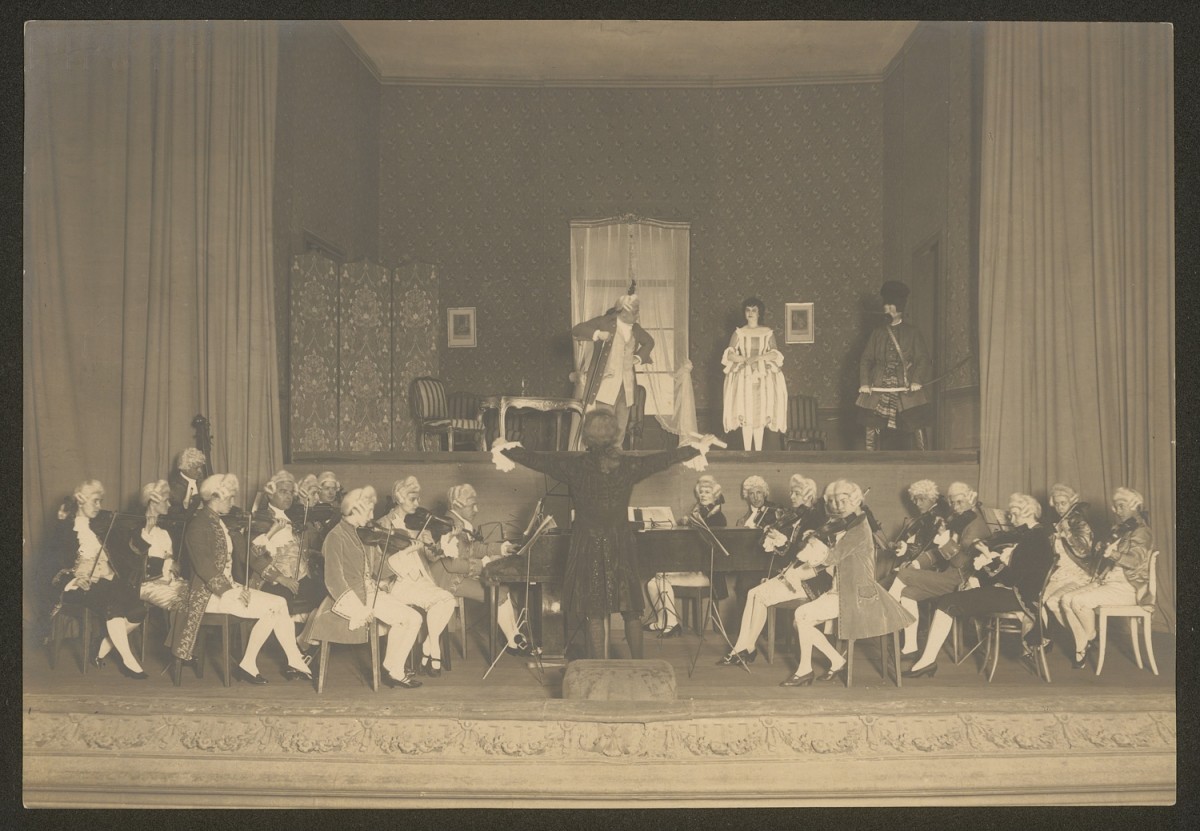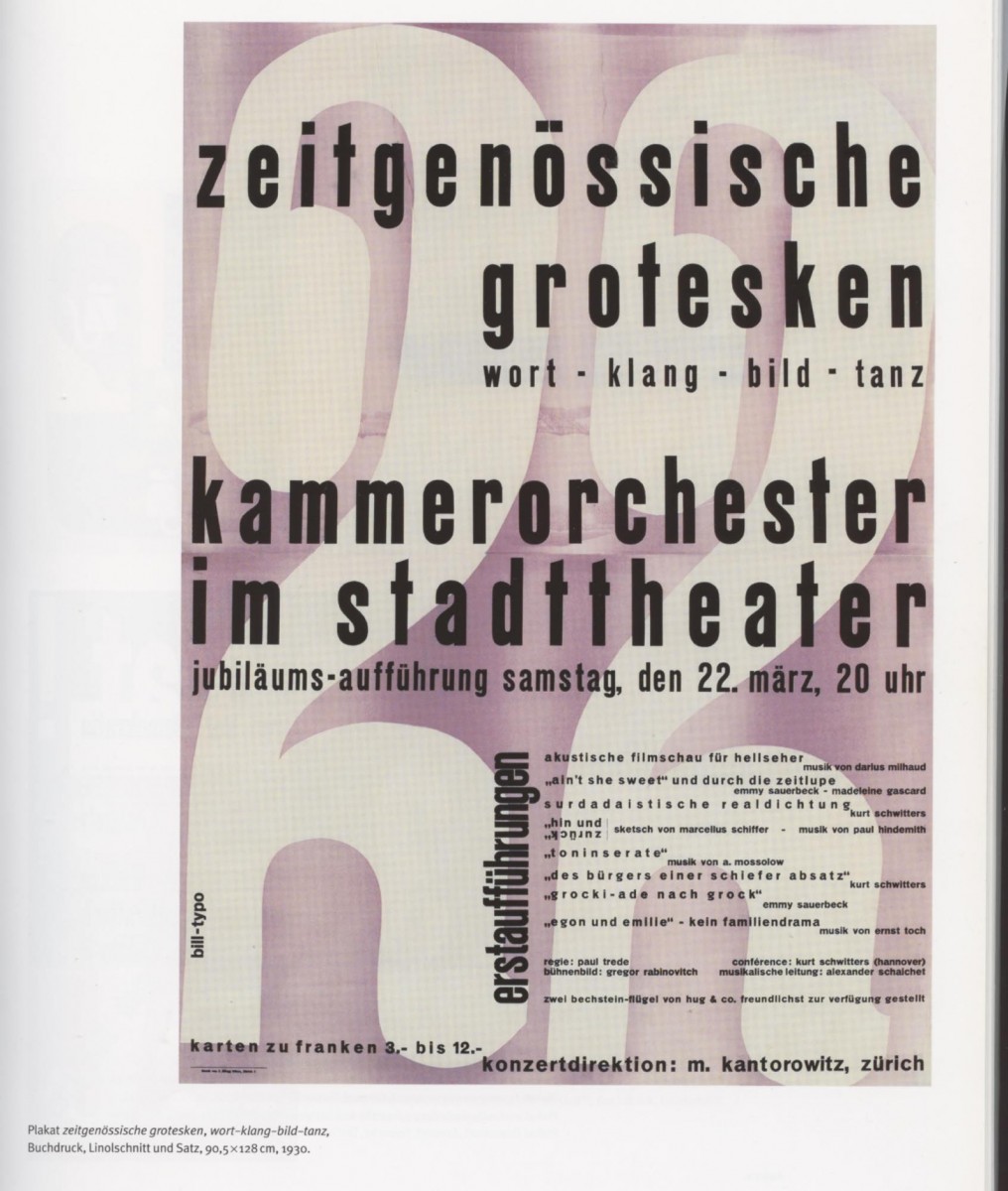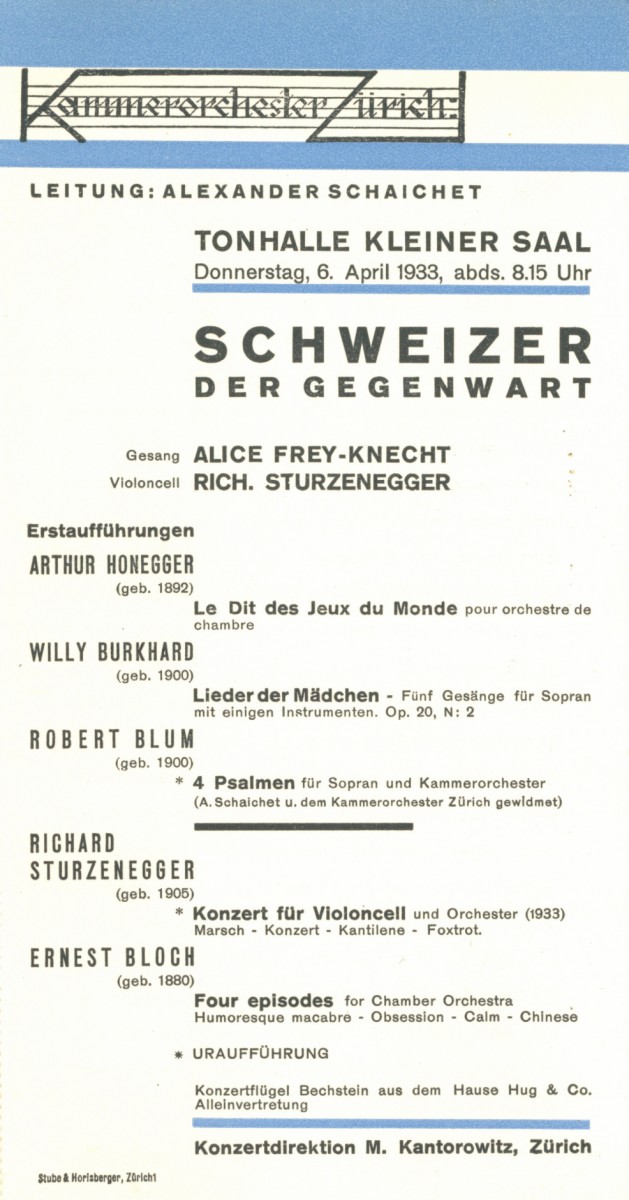Chamber Orchestra zurich
1920 – 1943
Founded 1920
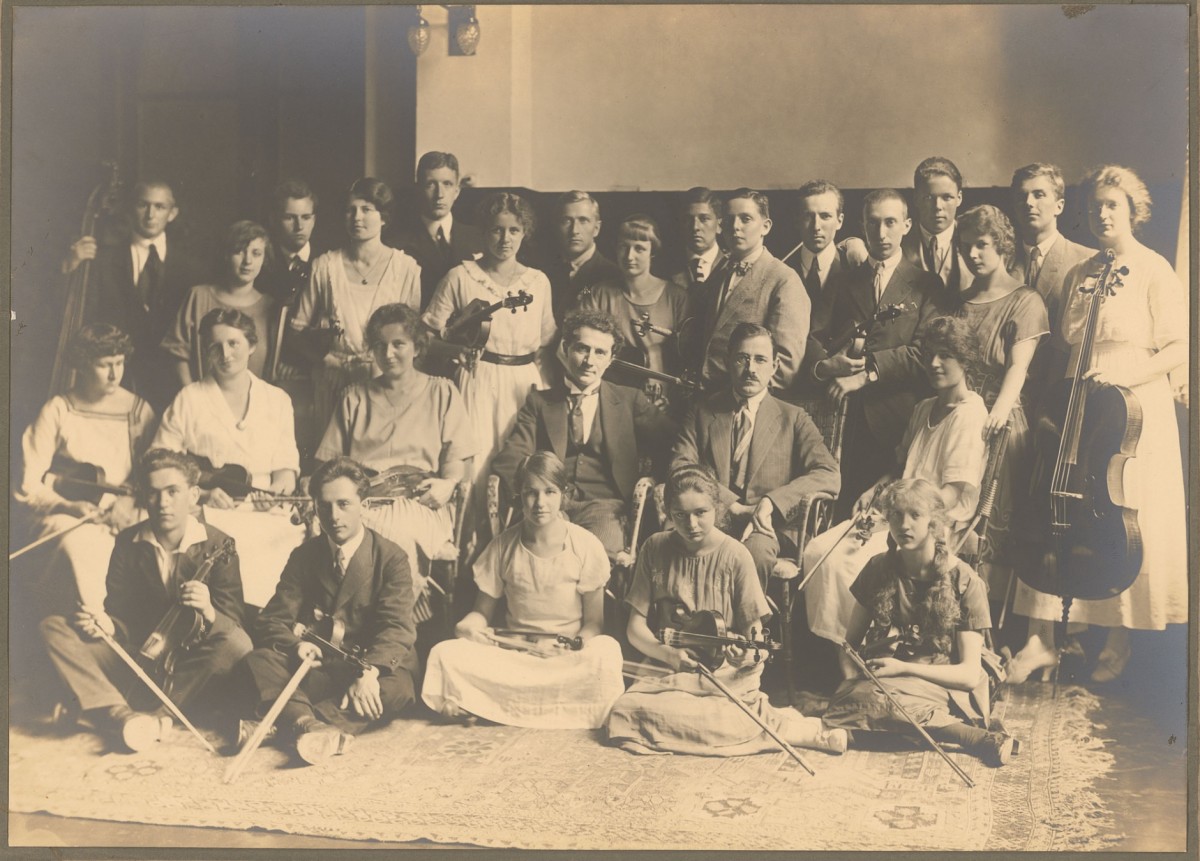
In autumn 1919 Alexander Schaichet founded the Chamber Orchestra Zurich. It was constituted as an association in 1920 at the suggestion of Hermann Reiff, President of the Tonhalle Society Zurich. With his orchestra, the first of its kind in Switzerland, Alexander Schaichet performed three concerts a year at the Tonhalle Zurich from 1920 until its dissolution in 1943. Additional concerts were organized in St. Peter’s church, Grossmünster and in Fraumünster, Zurich, as well as in other Swiss cities.
Alexander Schaichet inspired subsequent orchestral formations of this kind in Switzerland, the most prominent examples being the Basel Chamber Orchestra, founded in 1926, and the Collegium Musicum Zurich, founded in 1941.
The establishment of the Chamber Orchestra Zurich was a pioneering accomplishment in the field of classical music. It was the second orchestra in the world to devote itself exclusively to chamber music along with the «Orchestre des Concerts Golschmann Paris» (1919).
Discovery of traditional and contemporary classical music
Alexander Schaichet was a committed advocate of contemporary classical music. With the Chamber Orchestra Zurich, he wanted to bring compositions to the stage that were "rarely heard, never performed or were particularly valuable", as he explained at the constitutive assembly. He also wanted to perform pieces written for smaller ensembles by traditional and contemporary composers.
Over the next 20 years, the concert program of the Chamber Orchestra Zurich included no fewer than 51 world premieres and 215 Swiss debut performances. With the orchestra, Schaichet explored traditional compositions from Monteverdi to Karl Stamitz while simultaneously offering the second generation of Swiss composers of the 20th century such as Robert Blum, Paul Müller-Zürich, Willy Burkhard, Albert Moeschinger an important opportunity to make their works known. Among the performances of noted international composers were Paul Hindemith (1930), Béla Bartók (1927), Ernst Krenek (1930) and Max Reger (1922), Edvard Grieg (1920), Leo Weiner (1920), Maurice Ravel (1921), Anton Arensky (1921), Alexander Glazunov (1921), whose works he regularly performed, as well as Paul Juon (1920), Darius Milhaud (1927), Ernst Toch (1927). With the Swiss premiere of Béla Bartók's „Drei Dorfszenen, für vier Frauenstimmen und Kammerorchester“ in 1927 Alexander brought previously unheard music to Zurich. The Schaichets were deeply connected to Béla Bartók as the Hungarian pianist Irma Schaichet-Löwinger, earned her diploma from him in Budapest in 1917.
The Chamber Orchestra Zurich also performed Béla Bartók's «Music for Strings, Percussion and Celesta» in 1937, the «Divertimento for String Orchestra» in 1941 and, to celebrate Béla Bartók's 60th birthday, many of his compositions through an additional concert in April 1941.
Young musicians and contemporary composers
The Chamber Orchestra Zurich’s string section consisted of approximately thirty musicians most of whom were educated by Alexander Schaichet. The brass section musicians were recruited from the Tonhalle Orchestra Zurich or the Musikkollegium Winterthur. The promotion of young musicians and contemporary composers was a central interest of Alexander Schaichet. He actively encouraged new compositions and maintained a lively exchange with many contemporary Swiss composers. Alexander Schaichet made an extensive and varied range of concert performances possible through his relations with renowned publishers such as Schott and Bärenreiter, as well as with musicians and musicologists whom he knew from his time in Leipzig. Various composers dedicated oeuvres to Alexander Schaichet and his Chamber Orchestra Zurich, including Robert Blum, Meinrad Schütter, Willy Burkhard, Antal Molnár and Theodor Diener.
Together with his wife Irma, he prioritized the promotion of young soloists, some of whom later enjoyed great careers, such as pianists Annie Fischer (1914-1995), Georg Solti (1912-1997) and Rudolf am Bach (1919-2004), and singers Elisabeth Gehri (1917-1977) and Maria Stader (1911-1999).
In 1952 Alexander Schaichet received an honorary distinction from the city of Zurich for "extraordinary support of a generation of young Swiss musicians".
In 1962 the City of Zurich presented Alexander Schaichet with the Hans Georg Naegeli Medal in gratitude and recognition for his contribution to the promotion of musical culture in the city of Zurich.
Concert and orchestra literature
The foundation of the Chamber Orchestra Zurich took place at a time of great change in both the field of Baroque and contemporary music. In Baroque music, it was the “Urtext” (original) editions by musicologists such as Fritz Stein or Arnold Schering. They exemplified a proclivity towards performance and regularly found their way into concerts of the Chamber Orchestra Zurich in works by Manfredini, Corelli, Locatelli, Torelli, Johann Christian Bach and others.
The works of Georg Friedrich Händel have also been cultivated in this manner thanks to the Chamber Orchestra Zurich’s pioneering Chrysander Edition. The same applies to Johann Sebastian Bach, whose cantatas and orchestral works had already been partially cataloged by the Bach Society. The efforts of the Chamber Orchestra Zurich to create a performance practice, that was novel for its time, were reflected in its use of the harpsichord. In the beginning, the large Pleyel harpsichord propagated by Wanda Landowska was still preferred. Then from 1935, the use of the Neupert harpsichord became prominent, reflecting the latest innovations in harpsichord construction. This is another example of Alexander Schaichet’s pioneering spirit with regard to a "historically informed performance practice".
The development in contemporary classical music moved away from the large Romantic orchestra toward smaller formations. Here the Chamber Orchestra Zurich worked closely with the Schott publishing house, promoting works by emerging composers such as Ernst Toch, Manuel de Falla, Alexander Tscherepnin, Rudi Stephan, Bernhard Sekles and others. These works were continuously performed by the Chamber Orchestra Zurich.
Another highlight in the history of the Chamber Orchestra was the performance of Manuel de Falla's "El retablo de Maese Pedro", a puppet-opera in one act, decorated by Otto Morach. This novel performance took place at the 4th Festival of the International Society for New Music in Zurich in June 1926. In the following years several short operas by Hindemith, Toch, and Milhaud were also performed.
Political developments in Germany
1933 marked a decisive turning point for the Chamber Orchestra Zurich. With Adolf Hitler’s rise to power in Germany, many Jewish composers such as Sekles or Toch were forced to emigrate. Jewish soloists such as the Berlin harpsichordist Alice Ehlers, who had performed several times with the Chamber Orchestra Zurich, suffered the same fate. From this point on, collaborations with German musicians became virtually impossible. Musicologist Fritz Stein became a member of the NSDAP. This ended the friendship and regular exchange of ideas between him and Alexander Schaichet. Another formerly welcome guest with the Chamber Orchestra Zurich, Wolfgang Fortner, also acquiesced to the new regime and pianist Walter Gieseking denied his long-standing friendship with the Schaichets in 1939.
Consequentially, the Chamber Orchestra Zurich was deprived of many resources and networks. For example, the options for obtaining sheet music were severely limited. Aside from the cultivation of traditional classical music, Schaichet discovered a new focus, namely the promotion of Swiss composers. To this end, the Chamber Orchestra Zurich was a driving force, especially among the younger generation such as Robert Blum (1900-1994), Luc Balmer (1898-1996), Meinrad Schütter (1910-2006), Walther Geiser (1897-1993), Paul Müller-Zürich (1898-1993), Albert Moeschinger (1897-1985), Rudolf Moser (1892-1960), Willy Burkhard (1900-1955), Huldreich Georg Früh (1903-1945).
World premieres by Albert Moeschinger, Paul Müller-Zurich, Willy Burkard, Rudolf Moser, and many other composers were brought to Swiss audiences by the Chamber Orchestra Zurich. On the 23rd of November 1933 Albert Moeschinger's "Purcell-Variations op. 32 for String Orchestra, Timpani, and Snare Drum" was premiered. On the 24th of January 1935 Paul Müller-Zurich's "Concerto in F minor for Viola and Small Orchestra op. 24" and Rudolf Moser's "Concerto for Viola and Chamber Orchestra op. 62" were also debuted. On the 30th of March 1939 Willy Burkhard's "Toccata for String Orchestra" op. 55 was premiered. Many additional compositions by these composers were also performed.
Financial difficulties and dissolution 1943
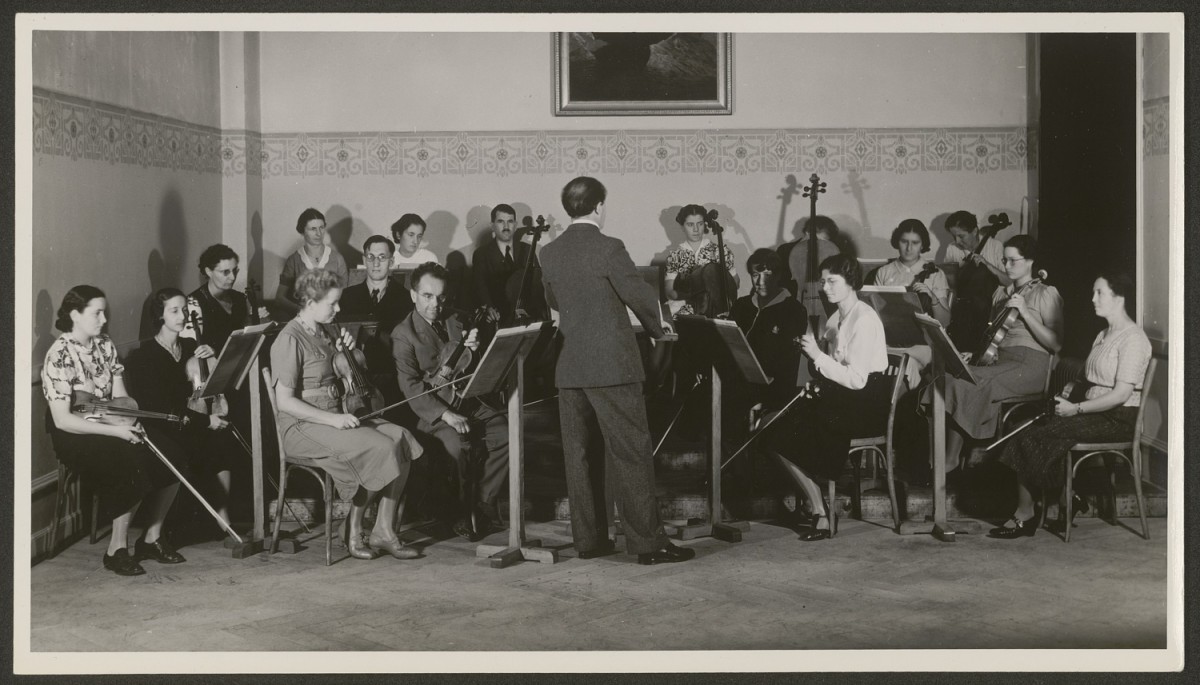
Although the Chamber Orchestra Zurich was successful, financial problems became increasingly burdensome from the mid-1930s onwards as the orchestra lost two of its main financial supporters. In 1937 Hermann Reiff, a long-time orchestra patron and former president of the Tonhalle Orchestra died. Following the outbreak of WWII, Werner Reinhart's financial support was also dramatically restrained.
Another setback for the orchestra occurred when they were passed over for participation in the music program of the 1939 Swiss National Exhibition.
Additionally, the Chamber Orchestra Zurich was confronted with new competition in the form of the «Collegium Musicum Zürich», founded in 1941. Due to the financial resources of its founder, Paul Sacher, musicians were properly compensated for the first time. Subsequently, prominent musicians from the Chamber Orchestra Zurich, such as Stefi Geyer and Else Stüssi, left to join the new orchestra.
Alexander Schaichet's last attempts to secure appropriate financing for his orchestra, i.e. to remunerate his musicians, failed. After two more seasons of concerts with world premieres of compositions by the Swiss composers Walther Geiser, Walter Lang, Rudolf Wittelsbach, Albert Jenny, Paul Müller-Zürich, and Richard Sturzenegger, Alexander Schaichet dissolved his Chamber Orchestra Zurich in the spring of 1943.
Despite this setback, Alexander Schaichet remained successful as the head of violin instruction at the Musikakademie Zürich until his death in 1964. As a much sought-after music instructor, he left his mark on an entire generation of violinists.
